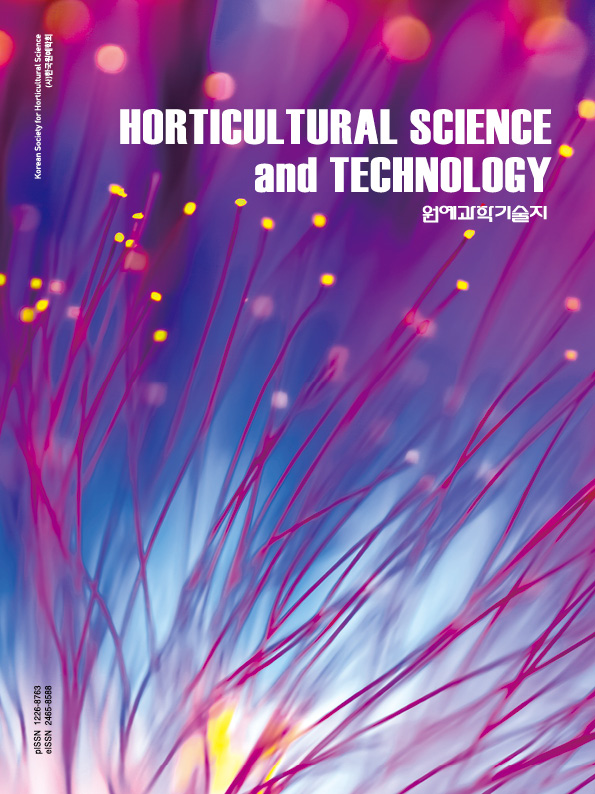Research Article
- Publisher :KOREAN SOCIETY FOR HORTICULTURAL SCIENCE
- Publisher(Ko) :한국원예학회
- Journal Title :Horticultural Science and Technology
- Journal Title(Ko) :원예과학기술지
- Volume : 41
- No :5
- Pages :497-507
- Received Date : 2023-01-31
- Revised Date : 2023-07-08
- Accepted Date : 2023-07-10
- DOI :https://doi.org/10.7235/HORT.20230043


 Horticultural Science and Technology
Horticultural Science and Technology








